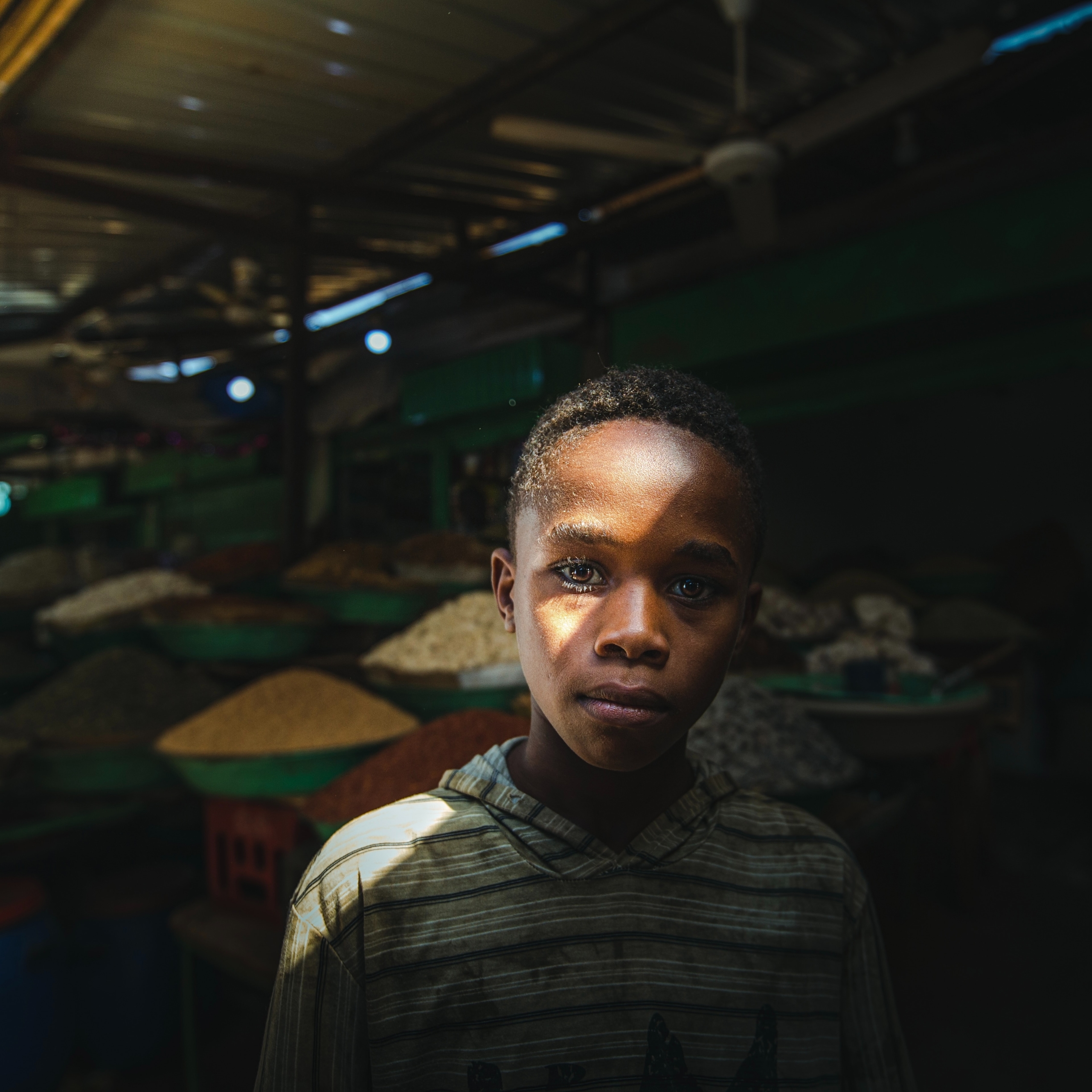The Plan To Fight Hunger in Sudan
 On September 9, 2023, the Food and Agriculture Organization (FAO) launched a new plan to tackle hunger in Sudan. The Emergency Livelihood Response Plan (ELRP) for Sudan will support Sudanese individuals affected by the ongoing civil war.
On September 9, 2023, the Food and Agriculture Organization (FAO) launched a new plan to tackle hunger in Sudan. The Emergency Livelihood Response Plan (ELRP) for Sudan will support Sudanese individuals affected by the ongoing civil war.
To fight hunger in Sudan, the FAO will boost agricultural prosperity in the distribution of supplies, including seeds and treatment equipment for livestock. The plan aims to support 10.1 million people in Sudan and claims it will require $123 million in funding to implement over the next 12 months.
Food Security in Sudan
The food situation in Sudan has worsened since the outbreak of war on April 15, 2023, when the Sudanese Armed Forces clashed with the Rapid Support Forces in Khartoum. Violence and resulting displacement have significantly impacted the country’s food supply system, which has led to hunger and malnutrition within Sudanese communities.
With a population of 48.6 million, more than 20 million (42% of Sudanese) are thought to be food insecure. Record high levels of food insecurity have been seen each year since 2020. As a result, the World Food Programme (WFP) has placed Sudan in the highest emergency response category. The Overarching goals of the WFP in Sudan in the wake of the crisis reflect some of the country’s most pressing issues: treatment for malnutrition, the provision of school meals and the wider employment of common services — namely, logistics and telecommunication.
The FAO’s Latest Plan
Four main priorities front the FAO’s new strategy to improve the food security situation in Sudan: high-quality seed, livestock and veterinary support, fisheries support and cash+ modality. A shared action between these branches of support is the plan to target specific households, using data to determine the most vulnerable farmers or fishers. For example, they seek to know who will benefit significantly from the program.
Cash+ modality is an extensive method of support. For the Sudan ELRP, using cash+ involves a combination of ‘unconditional cash assistance and in-kind support coupled with training during the dry season’ (FAO). It is a two-fold mechanism that will provide varied aid to vulnerable agricultural households. The FAO’s outline for its plan addresses the need for specially designed, time-sensitive assistance to ensure the food security situation in Sudan can improve all year round.
As it tackles the issue of hunger, the ELRP for Sudan primarily comes under the progress of Sustainable Development Goal 2 (SDG 2), which aims to eradicate global hunger by 2030. The FAO also incorporates other SDGs into its plan for Sudan. For example, it will make progress towards SDG 5 (Gender Equality) in directing priority support towards female-headed agricultural households in the country since these households are statistically more food insecure than those headed by men.
Conclusion
The FAO has a vast history of achievement, from its conception in 1945 to the present day. Amongst these successes, the FAO helped halve hunger statistics for individuals in Latin America and the Caribbean, currently maintains the largest global statistical database on food and agriculture and eradicated rinderpest. This disease proved fatal to livestock.
Such a list of past achievements makes the FAO one of the key organizations in the fight to end extreme poverty. The planned improvement of food security and agricultural provisions in Sudan is a step towards advancing humanitarian aims and achieving global equality.
– Alice Weatherley
Photo: Unsplash
